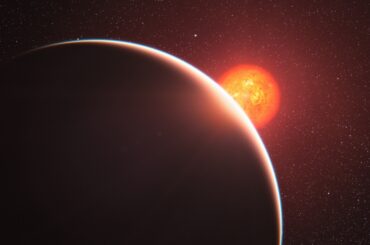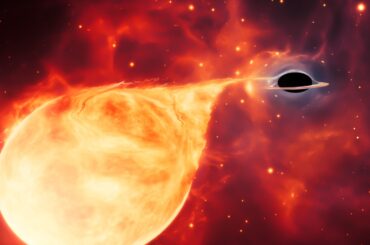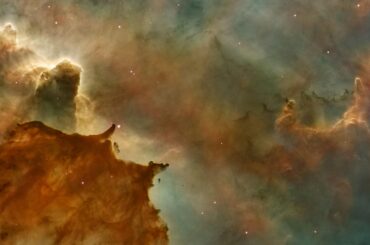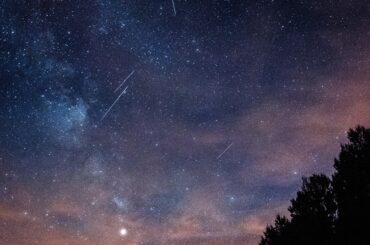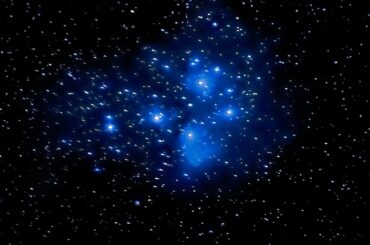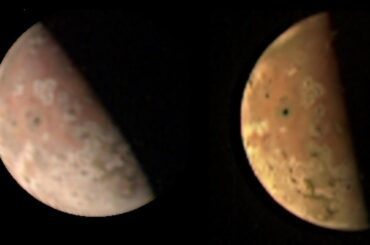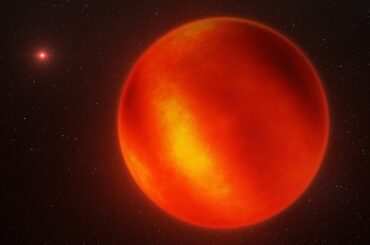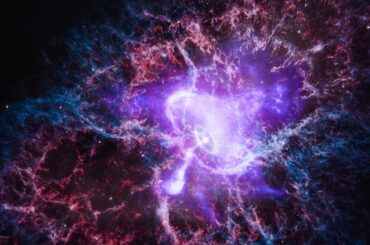This list compiles nine Mini-Neptunes with their measured radii (R⊕), masses (M⊕), and orbital periods (days), offering a quick reference for students, researchers, and curious readers. Each entry highlights essential physical parameters and orbital context to help you compare these sub-Neptune exoplanets and understand where they sit in the planet-size spectrum.
This post catalogs 10 confirmed and candidate Intermediate Black Holes (IMBHs), presenting masses, detection methods, and host galaxies with distances. Explore observational evidence—from ULXs and globular-cluster candidates to dwarf-galaxy nuclei—and essential references in a concise, authoritative list for researchers, students, and curious readers.
Explore the 7 Wonders of Deep Space — an illustrated hub introducing the most spectacular cosmic phenomena and linking to full deep-dive posts on each wonder. From vibrant nebulae and spiral galaxies to black holes, exoplanets, and stellar nurseries, this guide helps you discover, learn, and find stunning images and further reading.
Plan your next night under the stars with this complete guide to 10 meteor showers you can see every year. Learn peak dates, where to look, moon-phase considerations, and practical viewing tips so you and your family can catch the best shows in the sky.
Explore how astronomy fuels science fiction in eight vivid ways — from real discoveries that reshape story ideas to cosmic visuals that inform setting and technology. This hub links to a series of deep-dive posts on stellar phenomena, planetary science, astrobiology, spacecraft design, and other ways space science sparks plot, characters, and worldbuilding.
This comprehensive guide lists 10 observatories in Montana, providing location, main telescope aperture, and public access details in an easy-to-scan table. Whether you’re planning a stargazing trip or researching telescope facilities, this complete list helps you find the best places to observe the night sky across Montana.
From relentless volcanic eruptions and deadly radiation belts to tidal heating and sulfurous plumes, Io hosts multiple lethal conditions. This hub outlines the 10 things that make Io the deadliest moon and links to in-depth posts on each hazard for explorers and researchers.
Discover 15 notable examples of Brown Dwarfs, from the nearby Luhman 16 binary to ultra-cool WISE discoveries. This post lists each object’s spectral type, distance (ly), and mass (M_Jup) with concise notes to help enthusiasts and students compare these substellar objects and learn which are closest, coldest, or most massive.
Exoplanet atmospheres hold answers about habitability, climate, and planetary origins. This hub explains 8 reasons why studying exoplanet atmospheres matters and links to deep-dive articles on spectroscopy, biosignature detection, atmospheric modeling, telescope techniques, and technological impacts—ideal for students, researchers, and curious readers.
This post catalogs 32 notable Neutron Stars—pulsars, magnetars, and other compact remnants—presented with Type, Distance (kly), and Discovery year. Use this concise, data-focused list to compare distances, trace discovery history, and quickly identify prominent neutron-star objects. Ideal for astronomy enthusiasts, students, and researchers seeking a reliable reference and further reading on each entry.

